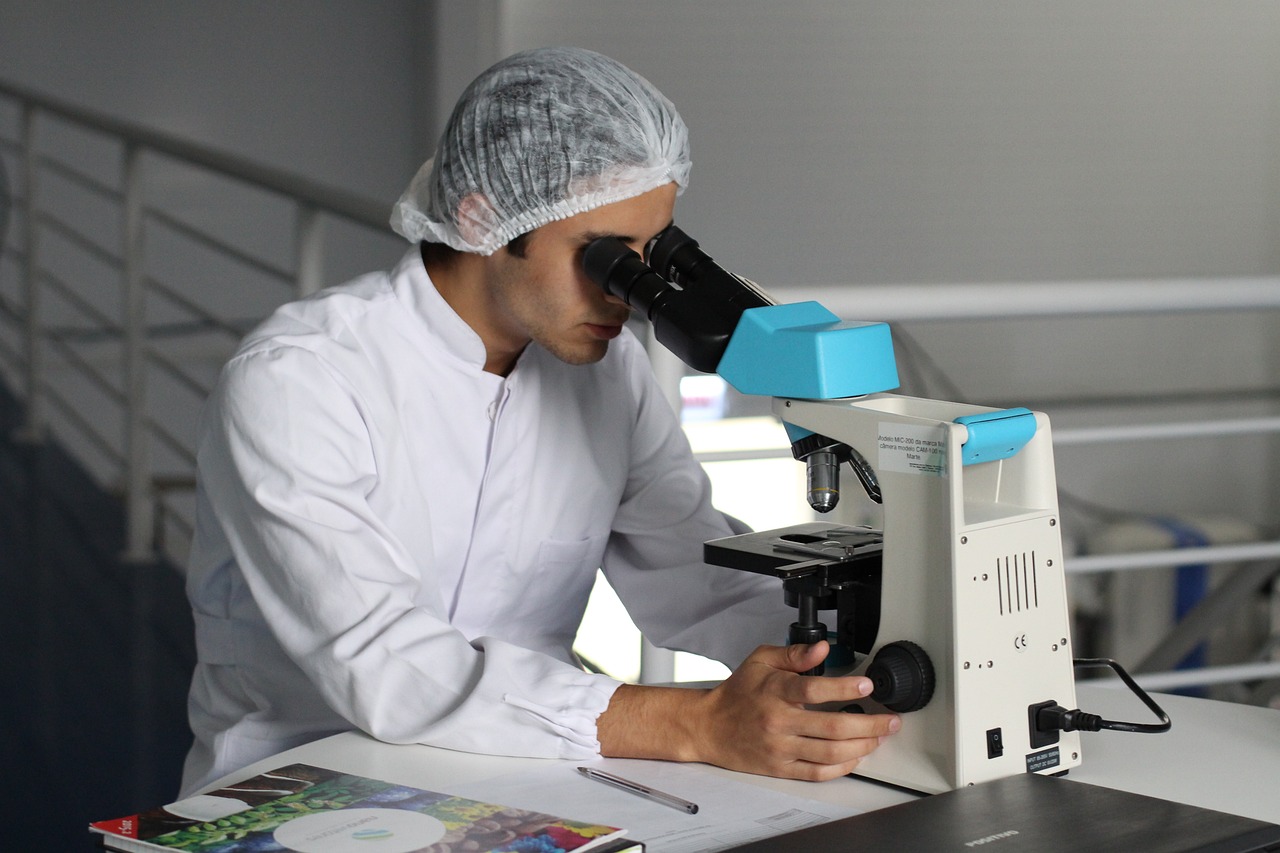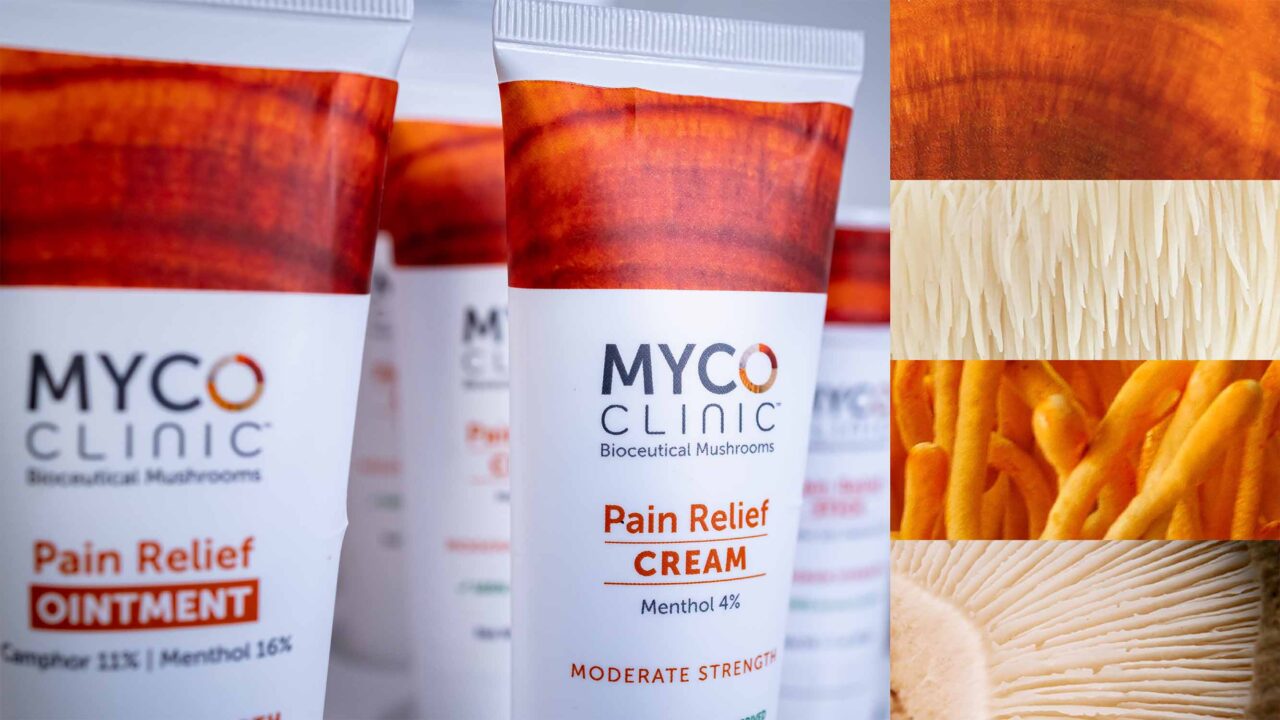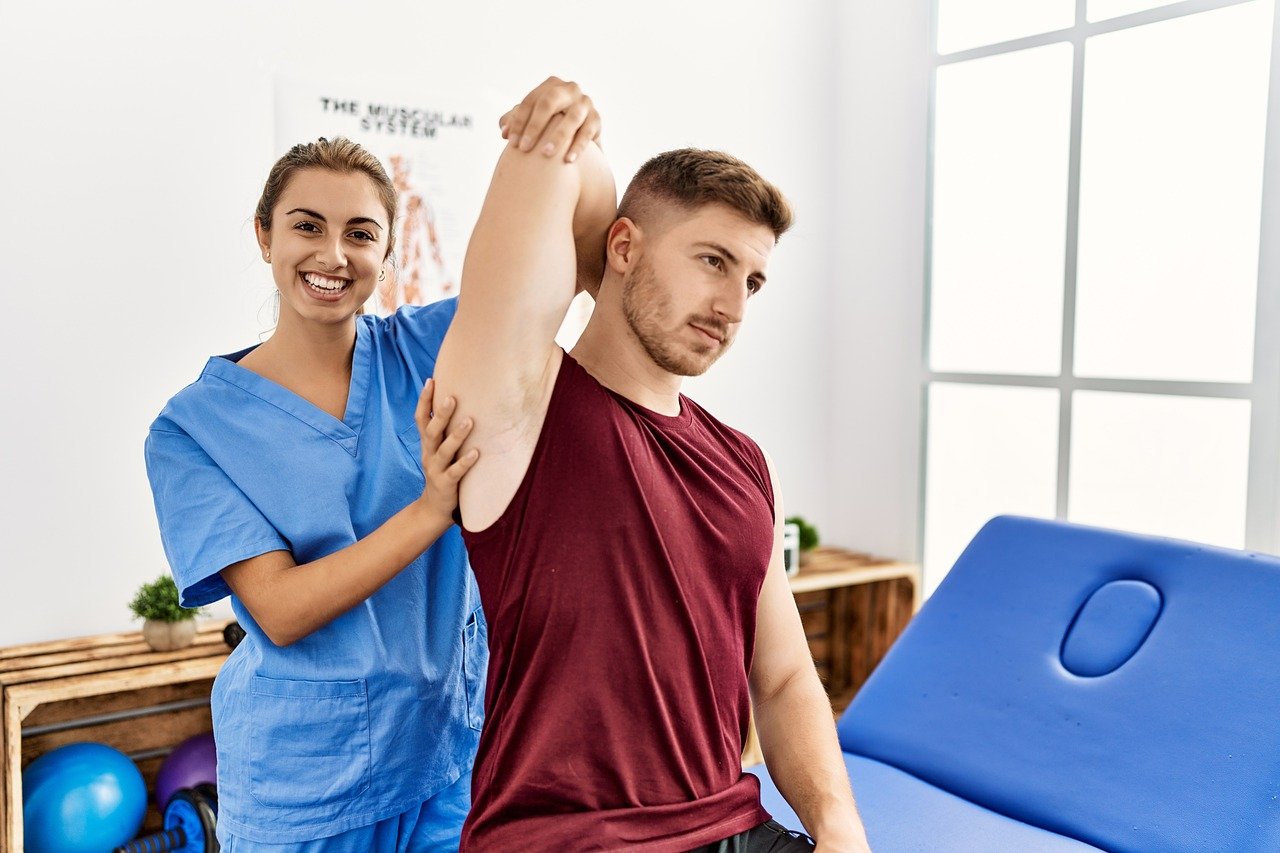Complementary and Alternative Medicine (CAM) has long been practiced alongside conventional medicine, and an increasing body of research demonstrates many real and measurable effects of complementary and alternative therapies in managing and treating pain.
It is also important to note that there are many types of pain and that different types of treatment may be beneficial in different patients, depending on their pain generators and the chronicity of their pain.
Some types of pain, such as acute and inflammatory pain, typically respond well to various pain medications such as salicylates, NSAIDs, and opioids. Other pain processes, such as neuropathic pain and chronic pain, are often more complex to treat–neuropathic pain frequently does not respond well to pain medications, even those that specifically target nerve pain, and patients with chronic pain can develop a tolerance to pain medications that can lead to increasing dosages and sometimes to medication dependence or addiction.
There is a potential place for complementary and alternative treatments in all areas of pain management. There is increasing evidence that CAM therapies can improve quality of life in pain patients by reducing both pain and the emotional toll that pain takes. The desire for safe, effective options has prompted an uptake in CAM use. In fact, John Hopkins Arthritis Center, the number one ranking rheumatology resource, has noted that “…arthritis and joint pain are within the top five reasons people seek out complementary and alternative medicine.” These therapies are utilized by a broad spectrum of patients in order to better manage their pain.
The World Health Organization and Integrative Medicine

The World Health Organization (WHO), an authority on traditional healthcare and world health, has come out in favor of complementary and alternative therapies. The WHO has noted that the health challenges of the 21st century have created a revival in traditional and complementary medicine (T&CM) adoption. Tedros Adhanom Ghebreyesus, Director-General of the WHO has said, “Countries aiming to integrate the best of T&CM and conventional medicine would do well to look not only at the many differences between the two systems, but also at areas where both converge to help tackle the unique health challenges of the 21st century. In an ideal world, traditional medicine would be an option offered by a well-functioning, people-centred [sic] health system that balances curative services with preventive care.”
There are a wide range of CAM practices and therapies that people use for pain management.
1. Chiropractic Treatment

Chiropractic care is a holistic approach to the management of pain that focuses on the spine and musculoskeletal system. Chiropractors are trained to assess and treat a wide range of pain conditions, focusing on proper spinal alignment to promote health and alleviate pain by reducing interference with the nervous system.
Chiropractors use various techniques to manage pain, including manual adjustments, spinal manipulation, and joint mobilization. These adjustments aim to restore proper alignment, reduce inflammation, and improve mobility, thus relieving pain and discomfort and potentially reducing the need for pain medications. Chiropractic care is particularly effective for managing conditions with a significant musculoskeletal component, such as lower back pain, neck pain, and headaches. In addition to reducing pain, chiropractic care can help patients improve their strength and endurance by optimizing their musculoskeletal health.
Chiropractors often provide patients with exercises and lifestyle advice to support their pain management and overall well-being. The individualized nature of chiropractic care can make it a valuable component of pain management for many patients.
MYCO CLINIC’s range of products can be used as part of a chiropractic treatment plan. Our maximum-strength ointments can be used to augment healing when used alongside chiropractic care, with powerful anti-inflammatory and pain-relieving properties.
2. Massage and Bodywork

Massage and bodywork therapies are popular alternative therapies for pain management. The primary goals of massage and bodywork are to alleviate pain, reduce muscle tension, improve circulation, and promote relaxation. These therapies achieve these goals through the manipulation of soft tissues, muscles, tendons, and ligaments in the body using a variety of techniques.
Massage therapy involves various modalities, each of which has their own benefits and purpose. For instance, deep tissue massage can help relieve chronic muscle tension and address pain conditions, while Swedish massage is often used for relaxation and stress reduction. In addition to pain relief, massage and bodywork can alleviate stress and anxiety and enhance the body’s natural healing processes.
Many individuals seek massage and bodywork as a complementary or alternative therapy to manage back pain, arthritis, and sports-related injuries. These therapies can provide both physical and psychological benefits, reducing the need for pain medications and promoting an improved quality of life.
MYCO CLINIC’s massage oils can be integrated into massage and bodywork treatments for increased pain relief, healing, and decreased inflammation.
3. Acupuncture

Acupuncture is an ancient Traditional Chinese Medicine (TCM) modality that uses thin needles to stimulate meridians or energy channels, releasing energy called Qi.
Acupuncture works on the theory that disruption of Qi causes disease, while acupuncture unblocks these energy channels to promote overall health. Western researchers believe that acupuncture stimulates the central nervous system, and medical research has shown that acupuncture releases chemicals into the muscles, spinal cord, and brain. These biochemical changes in the body promote health and wellness in people who utilize acupuncture.
Acupuncture has been widely studied for acute and chronic pain treatment. A 2017 study on chronic pain showed that acupuncture was an effective treatment with lasting results, while a review of 27 trials on acupuncture for neck pain treatment concluded that acupuncture is more effective than inactive treatment. The results have been so promising that the American College of Physicians (ACP) included acupuncture in non-invasive treatment recommendations for lower back pain, and acupuncture is now available in many United States hospitals and clinics as an option for pain treatment.
MYCO CLINIC products may be used as an adjuvant to acupuncture treatments. Both our oils and ointments have been used by acupuncturists to great effect, to increase the pain–relieving and healing benefits of treatments.
Integrative Medicine Takeaway
There are many ways to integrate complementary and alternative therapies with conventional pain treatment. Chiropractic, acupuncture, and massage are just a few of the practices that can be employed with patients seeking pain relief. Complementary therapies may also be used in conjunction with each other, and the use of pain-relieving topicals such as MYCO CLINIC can be used with any of these practices and healing modalities.


